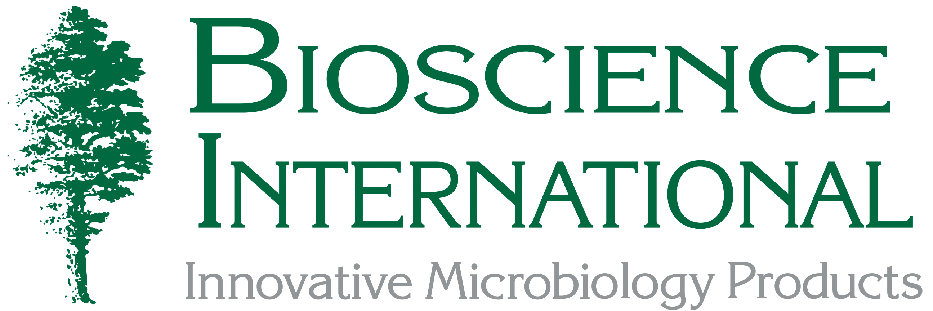EU Annex 1 - Moving Forward
By Anne Marie Dixon-Heathman
Cleanroom Management Associates, Inc.
What changed in the cleanroom of 2010? 2015? 2022? Why have limits changed?
There must be a patient concern that mandates severe controls and limit changes. The need for a contamination control strategy document would also indicate that the current levels of documentation are not sufficient, and the system of contamination control is misunderstood or lacking.
I believe that one of the driving factors was the event of 2020. Training was not accomplished at the same level as previously required, due to the six-foot rule. Conference rooms were not able to hold groups and Zoom training missed the target! Hands-on training was not performed to the level of the past. The contamination control training suffered, and the response to all EM was more sanitization! This resulted in degradation of cleanroom surfaces, HVAC systems, etc.
There is much confusion about the intent of the word “should” in the new EU Annex 1. The Annex fails to make this classic differentiation. The user must decide if the clause is really a “shall” or a “should” and justify the conclusion. The words “should” and “shall” are very distinct.
• The word “shall” pertains to objectives, actions, responsibilities, and requirements used in regulations that are compulsory.
• The word “should” pertains to solutions, actions, responsibilities, and duties that are suggested or advised as appropriate ways of meeting objectives. In these cases, alternative approaches with equivalent outcomes are acceptable.
The questions remain: what is the intention of the document? What is the legal requirement of each section?
Companies should perform a “gap” analysis to determine what, if any, changes or improvements are needed for compliance. This should be done for all areas of contamination control: Facility, Utilities, Process, Personnel (gowning, training), Cleaning/Sanitization, Environmental Monitoring, Environmental Controls, Transfer of Materials, Maintenance, and Management.
Quality management should review the personnel requirements for gowning qualifications, monitoring alert limits, exit monitoring limits, deviations, etc. SOPs may need revisions. The history of personnel excursions should also be reviewed with an emphasis on corrective actions, re-training in aseptic interventions and activities and, of course, gowning.
Environmental monitoring equipment will potentially be needed for the increased levels of monitoring in areas surrounding the critical zones.
The monitoring results may require an enhanced system for data management. Monitoring staff may be insufficient. Currently I am aware of several companies that are looking at staff shortages over 24/7 operations for both lab and monitoring in excess of 15 technicians per shift. Finding qualified personnel is a challenge in today’s economy.
The larger question for the executive staff is the release of product(s) when the environmental monitoring exceeds the new action levels. We will need an “army” of personnel to complete investigations and understand potential patient-impacting shortages if products are placed on hold.
Cleanrooms work! The Contamination Control System works! With these as our primary focus, we can achieve safe products for patients worldwide.
![]()
|
Anne Marie Dixon-Heathman is the Owner & President of Cleanroom Management Associates, Inc., which specializes in competitive benchmarking, training and auditing of clean and aseptic operations. With over 40 years of experience in cleanroom operations, training, technical writing, strategic consulting, facility start-up, and construction protocols, she has trained over 1,000,000 cleanroom technicians and managers. She is IEST President Emeritus and Chairman of the US Technical Advisory Group to ISO Technical Committee 209. |
From Bioscience World, Fall 2023
![]()
Click here for more information on the SAS air sampler.
![]()
For More Information Contact:
Bioscience International
11333 Woodglen Drive
Rockville MD 20852
Tel: 301-231-7400
E-mail: BioInfo@Biosci-Intl.com

